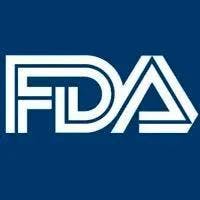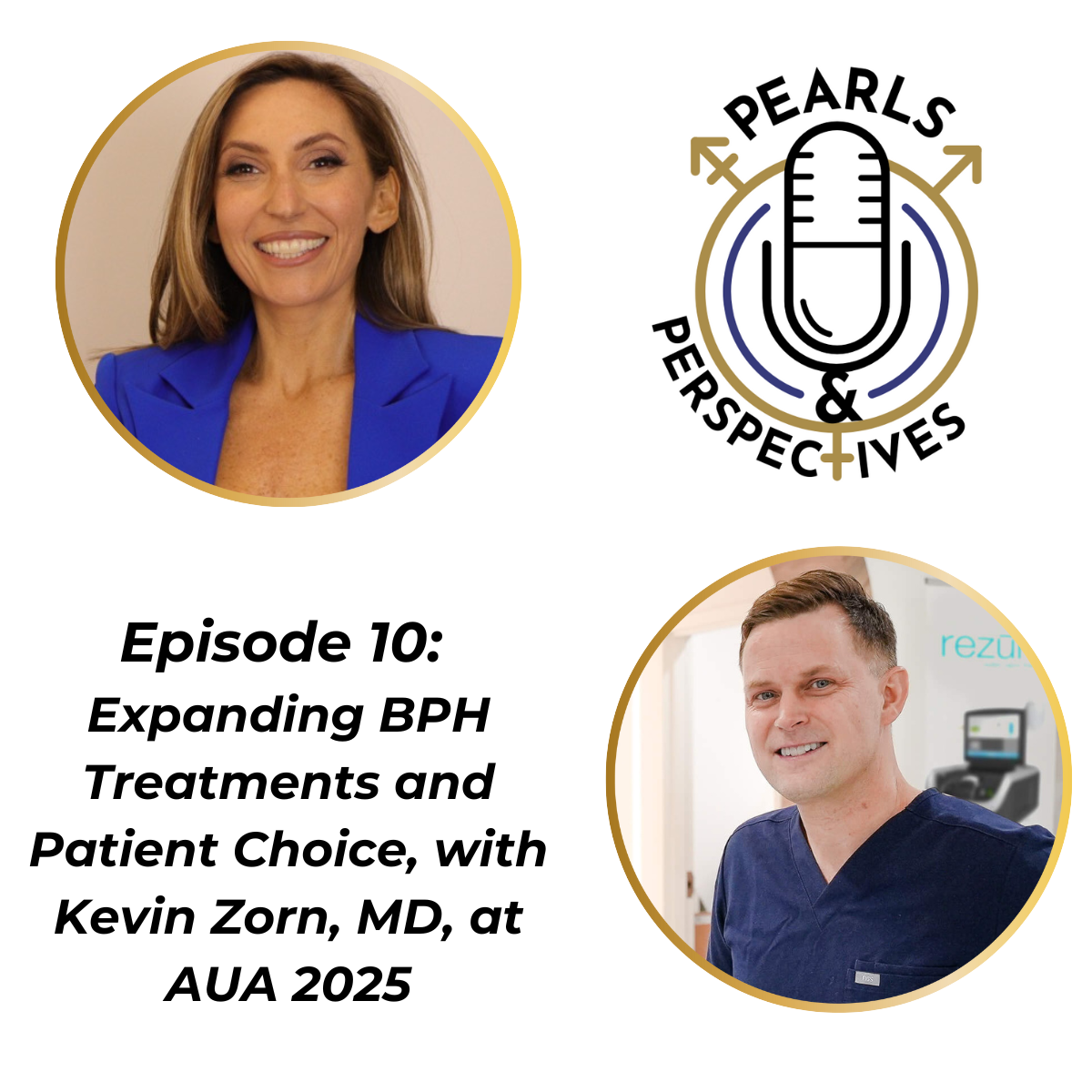News
Article
Urology Times Journal
PEG hydrogel spacer use shows growth in US men with prostate cancer
Author(s):
Overall, a total of 693 patients received a PEG spacer in 2017 and 2510 received one in 2022, an increase of 262%.
The use of polyethylene glycol (PEG) hydrogel spacers (SpaceOAR) in US men with prostate cancer has grown in the period between 2017 and 2022 “irrespective of analyzed patient and practice factors,” investigators reported during the 2024 American Society for Radiation Oncology Annual Meeting in Washington, DC.1
However, the authors also observed decreases in the proportion of Black patients receiving spacers as well as patients treated at non-teaching facilities.
Daniel E. Spratt, MD

The results were presented by Daniel E. Spratt, MD, chair of radiation oncology at University Hospitals Cleveland Medical Center, professor at Case Western Reserve University School of Medicine, and Vincent K. Smith Chair in Radiation Oncology, University Hospitals Seidman Cancer Center in Cleveland, Ohio.
For the study, the investigators conducted a cross-sectional analysis using the Premier PINC AI Healthcare Database. According to the investigators, this is a “real-world dataset representing [approximately] one-fifth of hospital facilities in the US.” Men were included in the study if they were at least 18 years of age and had received a PEG hydrogel spacer between 2017 and 2022.
“Patient and practice characteristics, by procedural dates during the study period, were identified and reported annually to illustrate temporal changes over the 6-year period,” the investigators wrote in their poster.
Overall, a total of 693 patients received a PEG spacer in 2017 and 2510 received one in 2022, an increase of 262%.
Geographically, the proportion of patients in the South who received a spacer decreased significantly, going from 76.1% (527 patients) in 2017 to 34.6% (868 patients) in 2022 (P < .0001). A significant decline was also seen in proportion of patients from the West, from 18.9% (131 patients) in 2017 to 6.3% (159 patients) in 2022 (P < .0001).
The investigators also reported that although the proportion of White patients receiving a spacer rose from 63.13% (435 patients) in 2017 to 78.85% (1942 patients) in 2022, a decrease was observed in Black patients, from 25.25% (174 patients) in 2017 to 16.16% (398 patients) in 2022. In Asian patients, a decrease was also observed, from 1.31% (9 patients) in 2017 to 0.53% (13 patients) in 2022.
The investigators also looked at facility teaching status, reporting that the proportion of patients who received a spacer in a teaching facility saw a significant increase, from 31.3% (217 patients) in 2017 to 66.9% (1678 patients) in 2022 (P < .0001). The proportion of patients receiving a spacer in a non-teaching facility declined from 68.69% (476 patients) in 2017 to 33.15% (832 patients) in 2022 (P < .0001).
Regarding attending provider specialty, “Urology and radiation oncology have consistently been the primary specialties, accounting for over 95% of spacer procedures for all years,” the investigators wrote.
REFERENCE
1. Jia AY, Shin Y, Rojanasarot S, Zaorsky NG, Spratt DE. National use of PEG hydrogel spacer for men with prostate cancer in the u.s. over six years. Presented at: 2024 American Society for Radiation Oncology Annual Meeting. September 29-October 2, 2024. Washington, DC. Abstract 3291. https://astro2024.eventscribe.net/searchGlobal.asp
































